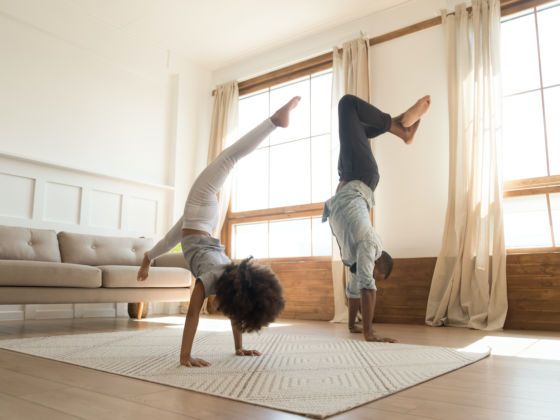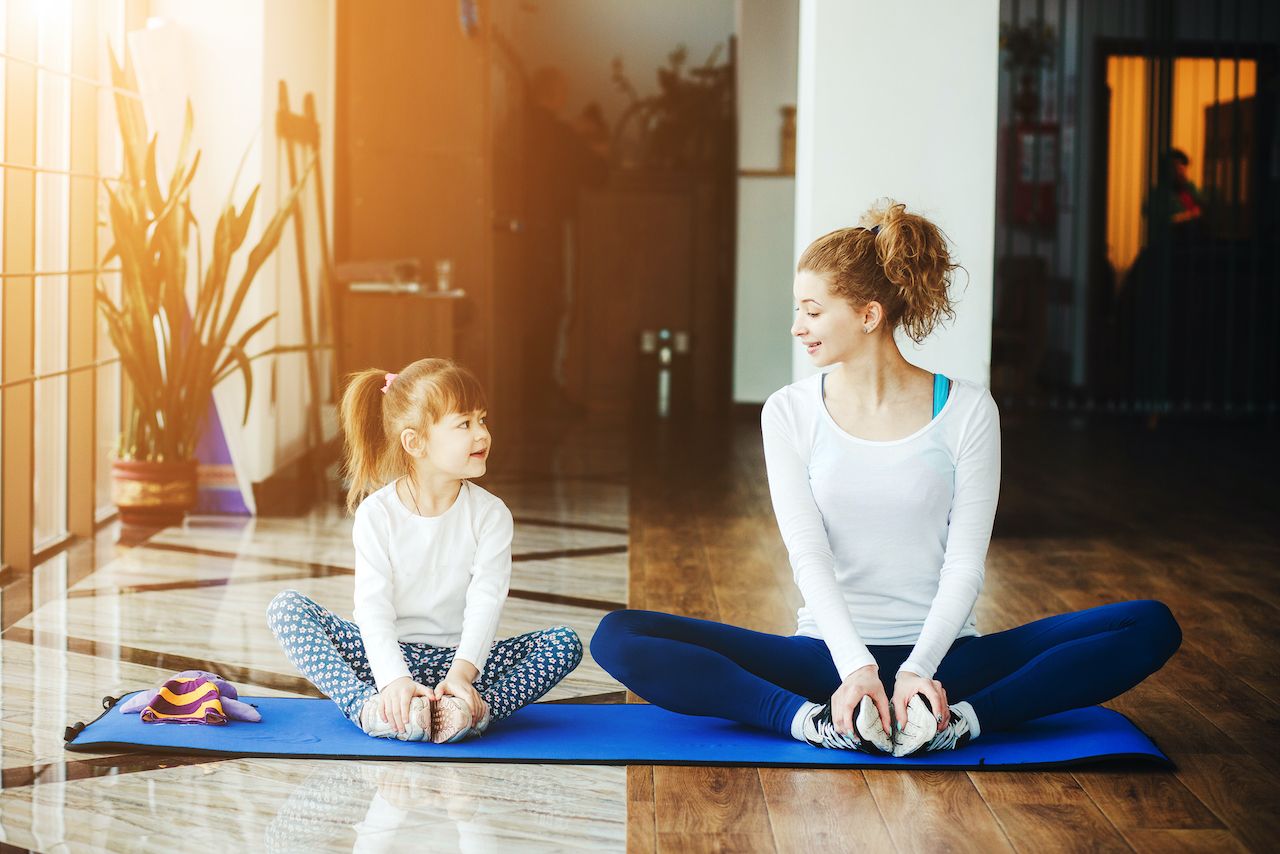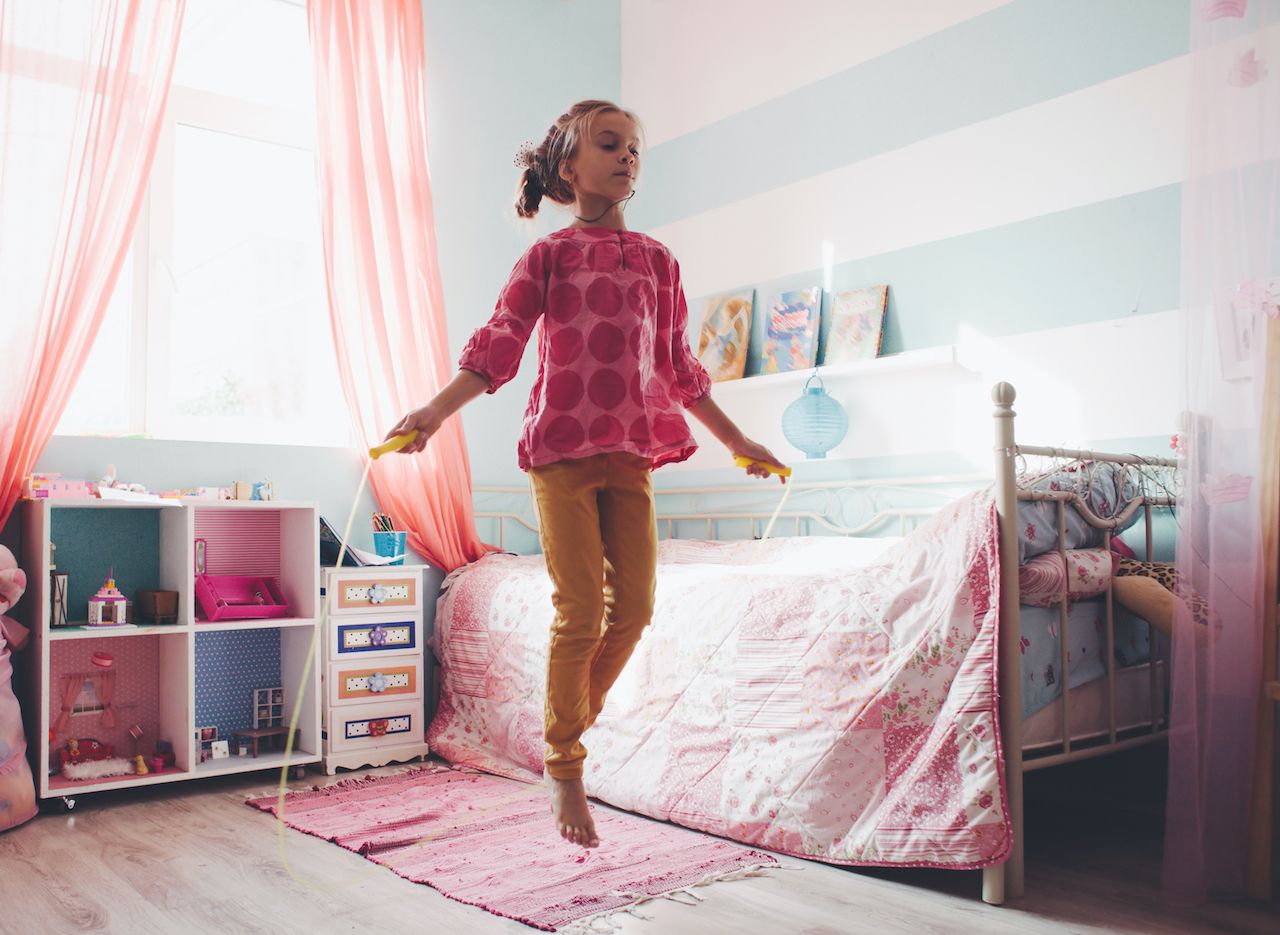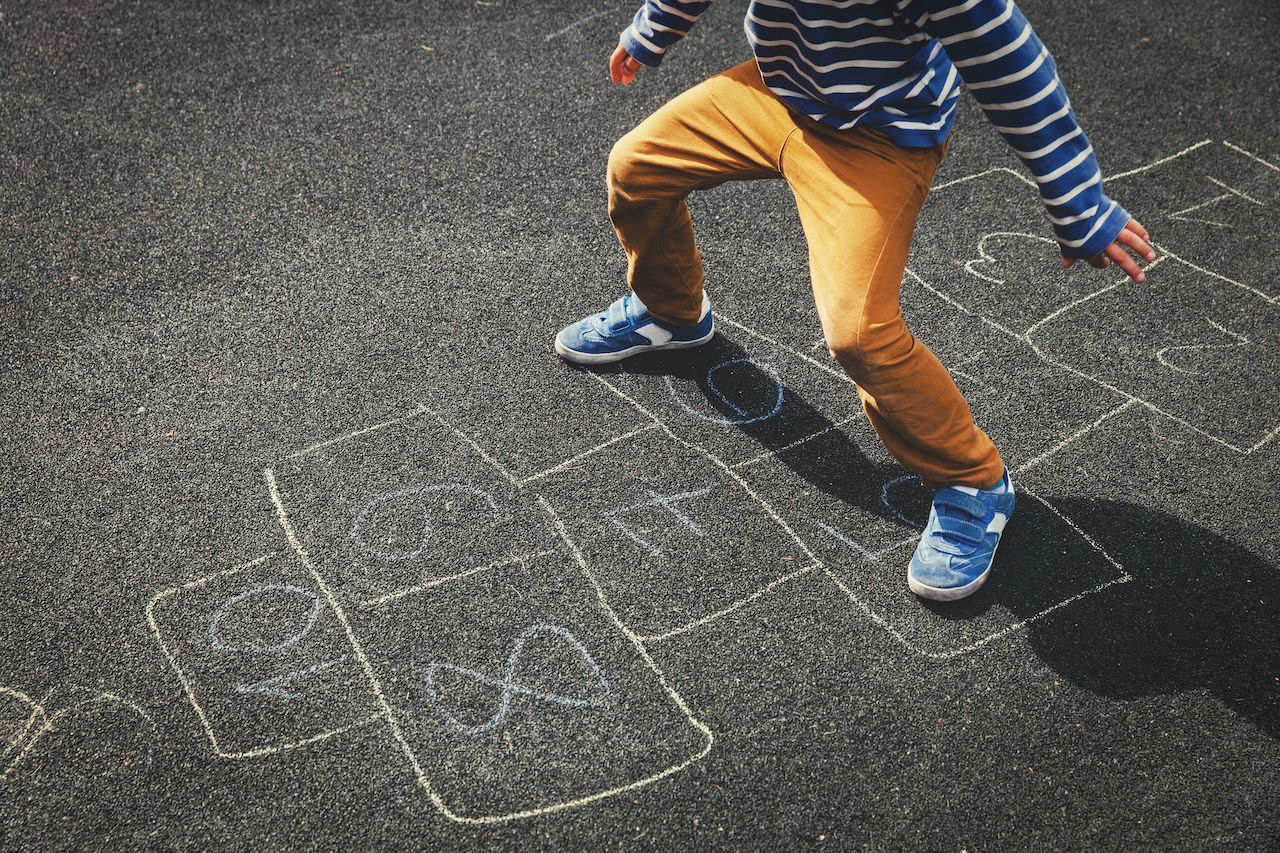With working from home, homeschooling, and health concerns at the forefront of parents’ minds during shelter-in-place regulations, they would be forgiven for putting their kids’ exercise needs on the back burner. But if you have active kids, you can’t ignore this for long. When kids used to physical activity feel cooped up, it can reflect in their behavior, mood, appetite, and sleep quality. Plus, exercise helps alleviate the effects of stress that everyone is feeling these days.


Kids of all ages need physical movement, but social distancing and school closures have had a particularly large impact on kids who thrive on structured, group sports activities. So how to keep otherwise active kids satisfied at this difficult time, when they can’t let off steam during their regular soccer practice, dance classes, or other team sports?
Of course, a lot depends on the space you have available at home, the age of your kids, and how strict your local quarantine measures are. But, here are some ideas that cover all bases. When mixed up and spread out over time, these activities will help kids stay active and healthy in between homeschool lessons and low-energy activities like reading, listening to music, and TV.
1. Host a living room dance party.

Photo: fizkes/Shutterstock
While older kids will likely look at you sideways if you suggest this one, it’s ideal for little kids. Not only do preschoolers have no inhibitions when it comes to dancing, they won’t mind your dorky mom or dad moves, either. (In fact, they think you’re pretty cool.) Put on some of your or your kids’ favorite music and boogie in the living room. You’ll all have a laugh as well as a mini-workout.
2. Do an online workout.
The internet is a bottomless well of information and entertainment, and whatever kind of online workout your kids might want, you’re likely to be able to find it. Although some parents are justifiably reluctant to have their kids spend too long sitting in front of a screen, working out in front of a screen is a different ball game. Get creative and sample dance classes, pilates, HIIT training, retro-style aerobics, and more. If you have one, break out the old Nintendo Wii to turn your TV into a downhill ski race course, a tennis court, or even a golf green. It might not be the best way for kids to practice their backhand, but they will expend some energy.
3. Practice yoga.

Photo: Hrecheniuk Oleksii/Shutterstock
Kids of any age can enjoy a yoga session, and there are hundreds of instructional videos available online for varying ages and abilities to follow along to. It doesn’t matter whether you or your kids are flexible — although younger kids tend to be super bendy without even trying. Even if you’re pretty stiff, a methodical yoga practice can help relax the mind and body. Add a yoga session to your mornings or evenings while shut inside to rebalance.
5. Circuit train.
If you have a good-sized backyard then all the better, but that’s not necessary to set up a fun circuit that older kids will enjoy. Set up a circuit with a squat station, box jump, jump rope, Swiss ball, sit-ups, jumping jacks, burpees, ball toss, hacky sack, running on the spot…all sorts of exercises can be incorporated into a circuit. Set a timer, or allocate a certain number of actions to each station. Solo kids can enjoy this, but it’s even better if you have two or more kids who can introduce an element of competition into circuit training by improving on the previous day’s time or racing to finish.
6. Jump rope.

Photo: Alena Ozerova/Shutterstock
Unless you live in a very confined space, jump rope is a great way to get heart rates up in a short time. Have kids time each other, count the jumps, or look up some traditional jump-rope songs and actions to keep things interesting.
7. Clean the house.
This has to get done anyway, so why not recruit the kids to help? Older kids are less likely to be enthused, but it doesn’t take much persuasion to get a younger child excited by vacuuming, washing windows, or sweeping — although you may need to redo their tasks if cleanliness is actually your goal. Being under lockdown could also be an ideal time to tackle a larger and more energetic project, too, such as washing the outside of the house, clearing out closets, or moving furniture around. You may be surprised by how much of a workout these chores can be.
8. Garden.

Photo: Monkey Business Images/Shutterstock
If you have a garden, this is an ideal time to get kids of all ages interested in planting and digging. Young kids can help pull weeds and turn over empty soil with a trowel, while older kids can help harvest potatoes, beans, or whatever else you may be able to grow. Gardening can be physically gentle, but if it involves a lot of digging or carrying, it can be a good workout, too.
9. Find forgotten toys.
If you’re like many families, you’ll have a shelf or corner of the garage where forgotten holiday gifts are hoarded, such as frisbees, water guns, badminton or tennis rackets, stationary tennis poles, table soccer, and garden volleyball nets. Dust these off, set them up, and get your kids running and jumping in different ways. They may even be excited to rediscover old toys they had forgotten all about.
10. Play hopscotch.

Photo: NadyaEugene/Shutterstock
If you have a patch of concrete, terrace, or balcony and a piece of chalk, you can easily draw a hopscotch grid. Younger kids might just be happy hopping between the squares, but with older kids you can throw marbles, stones, or bean bags for them to hop to and pick up.
11. Take the stairs.
If you happen to live in an apartment building, encourage your older kids to take the stairs rather than the elevator. As well as potentially being less risky than the confined, shared spaces of elevators, taking the stairs is a good way of increasing the amount of incidental exercise your kids get.
12. Get outside when possible (and legal).
Depending on the particular quarantine restrictions where you live, you may or may not be able to go outside your home for long. If the rules allow you to go outside for exercise near your home while maintaining social distance, encourage your kids to walk the dog with you, go for a jog, or take a short bike ride. It’s important for kids to get fresh air where possible, and doing some light exercise outside the home is likely to refresh their morale, so they can tolerate being at home better for the rest of the day.
While proper hiking or off-road mountain biking should be avoided because of the risk you’d potentially cause to rescue services if you got into trouble, many authorities still allow short travels around your own neighborhood — as long as the whole neighborhood doesn’t have the same idea at the same time. Depending on the city, local parks may be open as well.